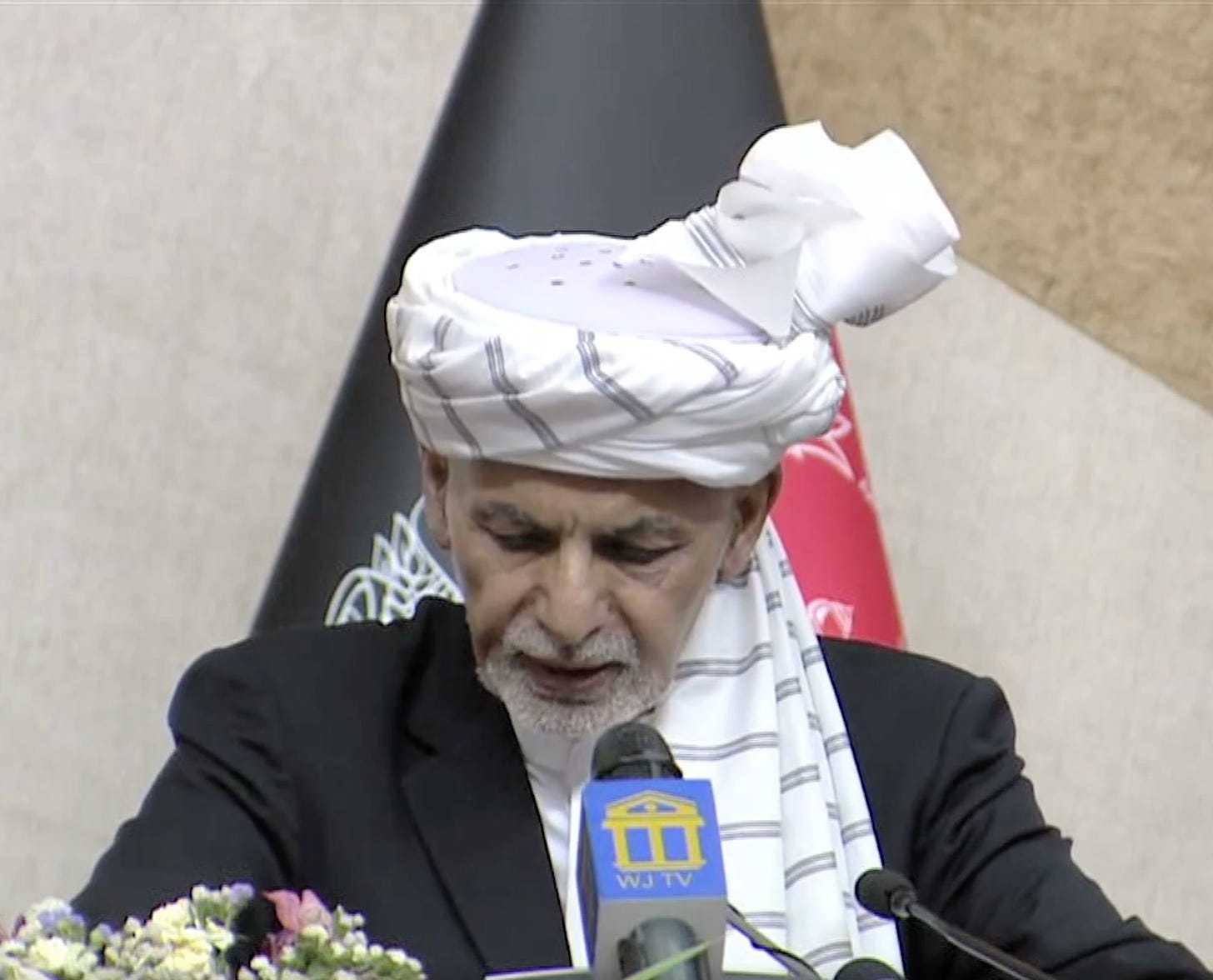Complete Collapse
In just over a week, the Taliban have captured almost all of Afghanistan and are asking for Kabul's surrender.

The threat of the Taliban returning to power always had loomed over the withdrawal from Afghanistan. In truth, it was never really a question of “if” the Afghan government would be overrun, but “when”. Maybe the Afghan National Army could…
Keep reading with a 7-day free trial
Subscribe to Séamus Malekafzali to keep reading this post and get 7 days of free access to the full post archives.


